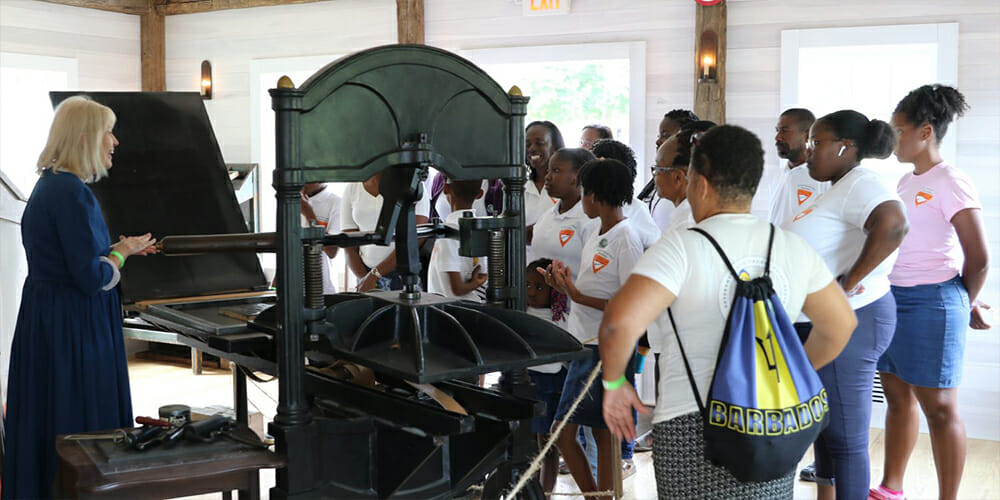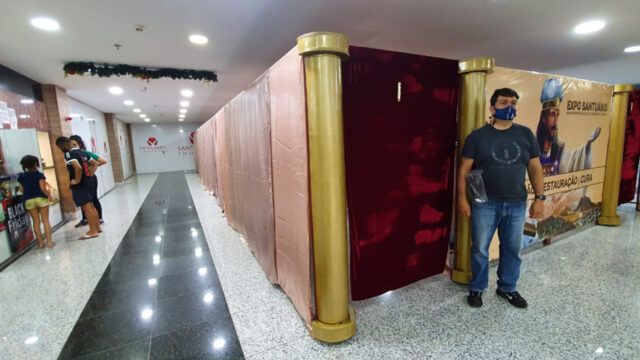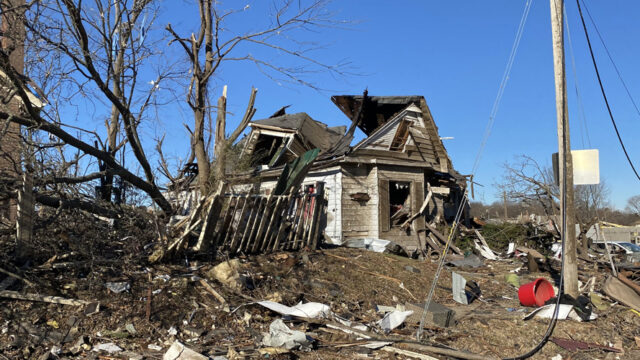Thousands of Pathfinders stopped there on their way to the Oshkosh camporee or after they left it.

Over a three-week period in August 2019, a total of 6,253 Pathfinders from around the world traveled to the Historical Adventist Village (HAV) in Battle Creek, Michigan, United States.
The Pathfinders and their chaperones were on their way to and from the International Pathfinder Camporee that took place in Oshkosh, Wisconsin, August 12-17, 2019.
According to official records at HAV, some Pathfinders clubs came from as far away as South Korea, Papua New Guinea, Latvia, Russia, Estonia, Belgium, Brazil, Peru, Mexico, the Dominican Republic, England, Argentina, Austria, Australia, Italy, and Canada. Many came from various states of the United States, including California, Maine, Florida, Louisiana, Texas, Massachusetts, Pennsylvania, Oregon, and Washington. From as early as 8:00 a.m. until as late as 10:00 p.m., Pathfinders came to the historical village to hear the many stories of the roots of Adventism that run deep in the Battle Creek area.
At HAV, they learned that in 1855, four men — J. P. Kellogg, Dan Palmer, Cyrenius Smith, and Henry Lyon — invited James White to move the Adventist publishing work to Battle Creek and provided US$1,250 to purchase a piece of land and erect a building to house that work.
Pathfinders said they were amazed to learn that John Loughborough was only 16 years old when he started preaching the message of a soon-coming Savior.
In the Hardy House Exhibit, visiting young Adventists learned that Edson White built the boat Morning Star in Allegan, Michigan, so he could do missionary work in the American South, which led to the establishment of what is now called Oakwood University.
Many of today’s Pathfinders attend an Adventist school, and a visit to the one-room schoolhouse informed them that Goodloe Harper Bell was instrumental in the establishment of the Adventist school system in Battle Creek in 1872.
At the next stop on the tour of the village, Pathfinders visited the Parkville church and heard the story of Ellen White’s Civil War vision and how, according to reports from her day, she did not breathe for twenty minutes while in that vision.
David Hewitt, known as the “most honest man in all of Battle Creek” in the 19th century, lived in a log cabin very much like the one the Pathfinders walked through in the village. While in that cabin, the visitors heard that Hewitt learned the Adventist message from Joseph Bates because Bates had had a dream that he should share the message with the most honest man in town.
Sometimes, the young people learned, people prefer to hang onto their old beliefs. Such was the case with the father of James White. It wasn’t until he was advanced in age and lived in a little cottage across the street from his son and his daughter-in-law, Ellen, that he accepted the seventh-day Sabbath truth.
The second-to-last stop of the HAV tour is the replica of the Second Meeting House. Many historically significant events of the Adventist Church occurred in that meeting house. Among them was the choosing of the name “Seventh-day Adventist” for the denomination in October 1860.
The last stop on the Village trek is the home of Ellen and James White. At the only house where James and Ellen lived with all four of their sons, Pathfinders were able to walk in the steps of the Whites in their own home. Although the Whites’ youngest son died in that home in Battle Creek, James and Ellen continued to serve the Lord through their pain and heartache.
Tours were coordinated by HAV managers Betty and Don Scherencel. The managers requested the assistance of numerous volunteers from as far away as the US states of Arkansas and California to help with the higher tour load. Tours were provided in both Spanish and English, while some were translated by club members into their native language for other members of their group, they reported.
The original version of this story was posted by the Lake Union Herald.








